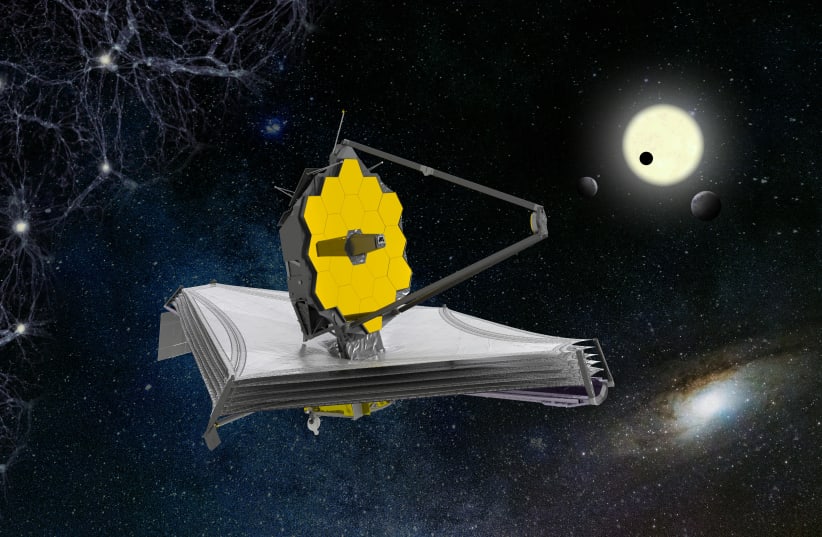NASA's James Webb Telescope, the space agency's long-awaited next-generation space telescope, has managed to successfully track a moving asteroid, the US space agency has announced.
The announcement, which further proves the telescope's capability, is another milestone for NASA as the telescope heads toward being fully ready for scientific use.
Which asteroid was chosen?
The asteroid chosen out of around 40 possible candidates was 6481 Tenzing, named after the Tibetan mountaineer Tenzing Norgay, who was one of the first to reach the top of Mount Everest.
This asteroid typically orbits between Mars and Jupiter in the asteroid belt.
So why this one?
The Space Telescope Science Institute's Bryan Holler explained: “Since the objects were all virtually identical otherwise, picking the one with a name linked to success seemed like a no-brainer.”
“Since the objects were all virtually identical otherwise, picking the one with a name linked to success seemed like a no-brainer.”
Bryan Holler
Why is tracking moving targets important?
Because James Webb needs to be able to track things that move throughout the universe.
Other tests will be done in the future on objects that move at a variety of speeds in order to make sure that the James Webb telescope can be used to study them.
Background
The James Webb telescope is NASA's newest flagship space telescope set to replace the aging Hubble Space telescope.
The massive telescope is 20.2 meters by 14.16 meters in size and weighs 6,500 kilograms. It was expensive, too, costing some $9 billion.
With its specially designed, state-of-the-art instruments, it is set to vastly expand our understanding of the universe around us and our place in it.
A number of exciting projects are in the works with James Webb, which will be able to study far-away exoplanets (planets outside the solar system) in greater detail than existing telescopes. It can get closer looks at the areas around black holes and study distant galaxies as well.
However, for its first year in operation, around 7% of its time will be spent on objects in our Solar System.
"Our solar system has far more mysteries than my team had time to solve," noted Webb interdisciplinary scientist Heidi Hammel.
"We will image the giant planets and Saturn’s rings, explore many Kuiper Belt objects, analyze the atmosphere of Mars, execute detailed studies of Titan and much more!"

